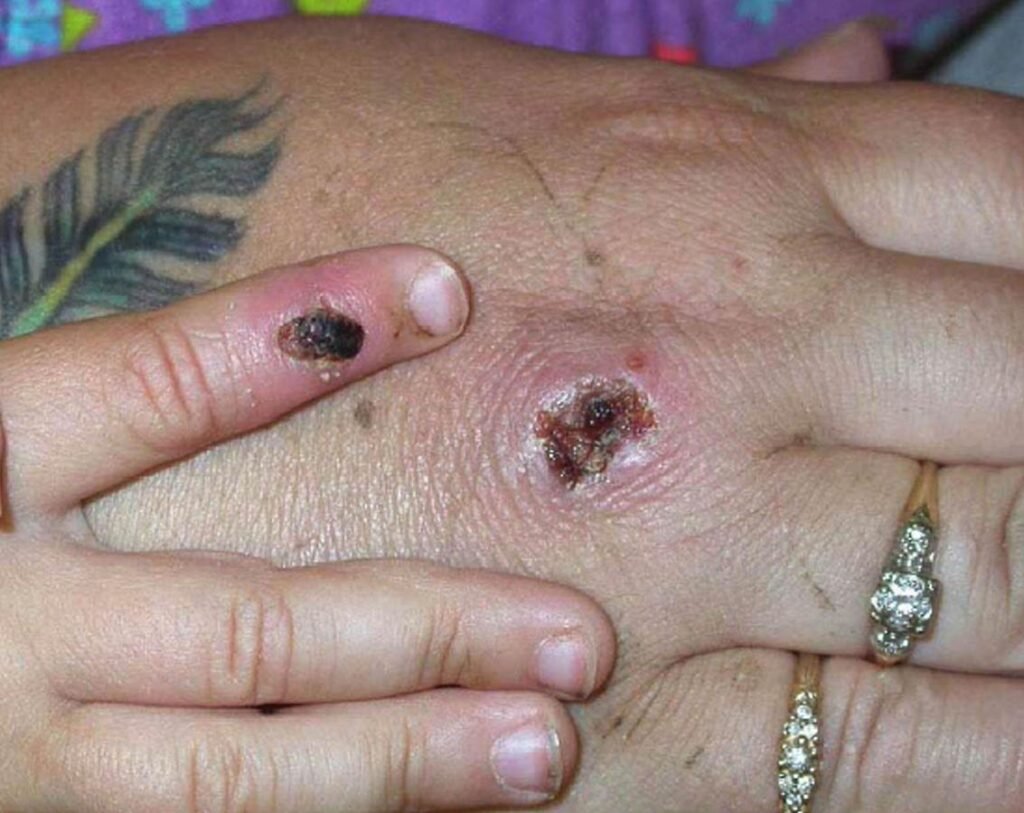A dangerous new strain of mpox is on the rise in the Democratic Republic of Congo, with nearly 8,000 deaths and 400 deaths reported so far this year. The virus, similar to Smallpox, can be spread not only by sexual contact, but also close skin-to-skin contact, raising concerns about potential international spread through travel due to poor access to vaccinations in Congo. Outbreaks of mpox have previously occurred in the Americas and the United States in 2022, resulting in over 32,000 cases and nearly 60 deaths. The Clade II subtype, which was responsible for the US outbreak, is less severe than the currently circulating Clade I subtype in Congo.
Transmission of mpox can occur through person-to-person or person-to-animal spread, with direct contact through respiratory droplets, scabs, or oral fluids, and indirect contact through infected clothing or linens. Animal-to-person transmission can occur through bites, scratches, or direct contact with bodily fluids. Symptoms of mpox can take days to weeks to appear, starting with fever, headache, fatigue, and muscle aches before progressing to a painful rash on the face and other parts of the body. Diagnosis is typically based on symptoms and may require lab analysis of a tissue sample.
There are currently no approved antiviral treatments for mpox, but some drugs approved for smallpox may help alleviate symptoms. Treatment typically involves supportive care to address fever, headache, and prevent secondary infections. The Clade II subtype of mpox, which is endemic to West Africa and the Americas, is self-limited with symptoms resolving in two to four weeks, while the more severe Clade I subtype endemic to Central Africa can be fatal for up to 10% of cases, especially in young patients, pregnant women, and those with compromised immune systems.
Prevention of mpox involves avoiding close contact with infected individuals and considering vaccination for high-risk groups such as men who have sex with men and trans women. The JYNNEOS vaccine, effective against both smallpox and mpox, is recommended for those at risk, with two doses administered one month apart for maximum immunity. In America, only 23% of high-risk individuals are vaccinated, highlighting the importance of timely vaccination to prevent the spread of mpox in the coming months. Taking these precautions can help curb the rise of mpox cases and protect individuals from this deadly virus.

